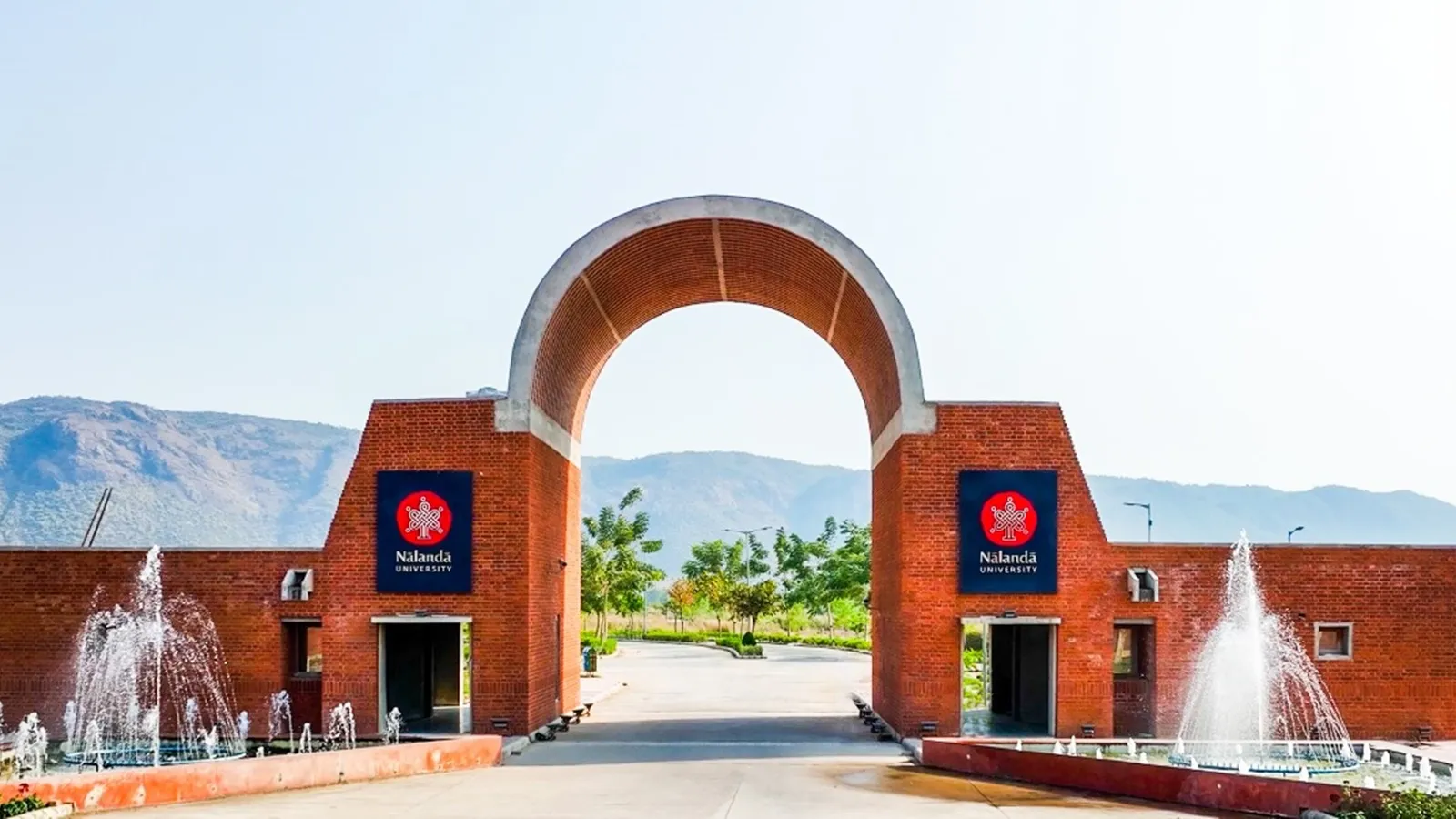The campus of Nalanda University was formally inaugurated by Prime Minister Narendra Modi on Wednesday.
Spread across 455 acres, it is located in Rajgir, roughly 100 km from Patna, and merely 12 km away from the ruins of the eponymous ancient Buddhist monastery, considered to be among the greatest centres of learning in all of Antiquity.

‘Reviving’ Nalanda
It was then President APJ Abdul Kalam who officially proposed ‘reviving’ Nalanda in 2006. Addressing the Bihar Assembly, he said: “To recapture [Nalanda’s] past glory… it has been proposed to establish a Bodhgaya Nalanda Indo-Asian Institute of Learning in partnership with select Asian countries”.
In 2007, the proposal to re-establish Nalanda was endorsed at the East Asia Summit in Mandaue, Philipines. This endorsement was re-iterated in the East Asia Summit of 2009, in Hua Hin, Thailand.
In total, 17 countries other than India — Australia, Bangladesh, Bhutan, Brunei Darussalam, Cambodia, China, Indonesia, Laos, Mauritius, Myanmar, New Zealand, Portugal, Singapore, South Korea, Sri Lanka, Thailand, and Vietnam — have helped set up of the university. Ambassadors of these countries attended Wednesday’s inauguration ceremony.
 The University is a no-vehicle zone, with visitors, students and faculty having to walk or use bicycles within the campus. (Photo: X/@narendramodi)
The University is a no-vehicle zone, with visitors, students and faculty having to walk or use bicycles within the campus. (Photo: X/@narendramodi)
The Bihar Assembly, in 2007, passed the University of Nalanda Bill to facilitate the creation of a new, international university near the site of the ancient learning centre in Rajgir. In 2010, Parliament replaced this Act with the Nalanda University Bill, which deemed the proposed university to be one of “national importance”, and laid down rules regarding how it would be governed.
In 2013, the masterplan for the campus, proposed by renowned architect B V Doshi’s Vastu Shilpa Consultants, was chosen after an international competion.
Story continues below this ad
Centre of research, learning
Nalanda University admitted its very first batch of fifteen students in 2014, to the School of Historical Studies, and the School of Ecology and Environmental studies. Classes were held in the Rajgir Convention Centre, with Bihar government-operated Hotel Tathagat acting as temporary hostel premises for the students. The faculty comprised six teachers.
Nobel Prize-winning economist Amartya Sen, who had been associated with the project since 2007, became the University’s first Chancellor, and then-President Pranab Mukherjee became the first Visitor.
Since 2014, four more schools have been established — the School of Buddhist Studies, Philosophy and Comparative Religion, the School of Languages and Literature, the School of Management Studies, and the School of International Relations and Peace Studies. The university currently offers two-year Master’s courses, PhD programmes, and a few diploma and certificate courses.
 The University has open rooms as study centres, “bottle-shaped” bazaars, and consists of a shopping arcades for students. (Photo: X/@narendramodi)
The University has open rooms as study centres, “bottle-shaped” bazaars, and consists of a shopping arcades for students. (Photo: X/@narendramodi)
Campus to behold
By 2022, 90% of the campus’s construction was completed. At the time, the university boasted 800 students, including 150 international students from 31 countries. At full capacity, the campus can accommodate as many as 7,500 students and teachers.
Story continues below this ad
With a built area of only 8%, university officials say that the campus attempts to “match the architectural and geographical setting the ancient Nalanda University would have provided”. In fact, the administrative block specifically recreates the exposed brick architecture, and elevated staircase that is the signature image of the Nalanda ruins.
That being said, the campus is a mix of the modern and the traditional. Natural light streams into classrooms’ smart wideboards and electronic podiums. While air-conditioned, it utilises various methods, such as hollow walls, to provide natural cooling.
Water bodies — Kamal Sagar ponds — cover over 100 acres of the campus’s area. Another 100 acres are covered in greenery. The campus boasts a drinking water treatment plant, and a water recycling plant, as well as a yoga centre, a state-of -the-art auditorium, a library, an archival centre, and a fully equipped sports complex. No cars are allowed inside.
 The University offers Post Graduate and Doctoral research courses and short-term certificate courses. (Photo: X/@narendramodi)
The University offers Post Graduate and Doctoral research courses and short-term certificate courses. (Photo: X/@narendramodi)
Nalanda Mahavira
Mahavira in Sanskrit/Pali means ‘great monastery’. Nalanda Mahavira was active from the fifth to thirteenth century CE.
Story continues below this ad
The chronicles of seventh century Chinese traveller Hsuan Tsang provide the most detailed description of ancient Nalanda. Hsuan Tsang estimated that at the time of his visit, the monastery housed 10,000 students, 2,000 teachers, and a gargantuan retinue of servants.
Multiple scholars, however, have disputed this figure based on archaeological evidence from the ancient university’s ruins. That being said, Nalanda was definitely not an average Buddhist vihara.
“Under its aged and saintly abbot, Silabhadra, Nalanda also taught the Vedas, Hindu philosophy, logic, grammar and medicine. It would seem that the student population was not not confined to the Buddhist order, but that candidates of other faiths who succeeded in passing a strict oral examination were admitted,” historian A L Basham wrote in his classic The Wonder that was India (1954).



 The University is a no-vehicle zone, with visitors, students and faculty having to walk or use bicycles within the campus. (Photo: X/@narendramodi)
The University is a no-vehicle zone, with visitors, students and faculty having to walk or use bicycles within the campus. (Photo: X/@narendramodi) The University has open rooms as study centres, “bottle-shaped” bazaars, and consists of a shopping arcades for students. (Photo: X/@narendramodi)
The University has open rooms as study centres, “bottle-shaped” bazaars, and consists of a shopping arcades for students. (Photo: X/@narendramodi) The University offers Post Graduate and Doctoral research courses and short-term certificate courses. (Photo: X/@narendramodi)
The University offers Post Graduate and Doctoral research courses and short-term certificate courses. (Photo: X/@narendramodi)




































